7 start with U start with U
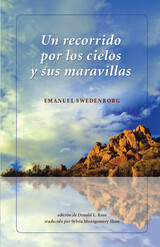
This Spanish edition of the English-language Afterlife takes the essence of Emanuel Swedenborg’s classic Heaven and Hell and presents it chronologically, starting with the process of awakening after death and then taking the reader on a journey through both heaven and hell. This shorter format provides an eye-opening introduction to Swedenborg’s philosophy.
“A través de mucha experiencia, se me ha demostrado que cuando somos trasladados del mundo natural al espiritual, lo cual ocurre al morirnos, nos llevamos todo lo que pertenece a nuestro carácter menos el cuerpo terrenal. Lo que es más, cuando entramos en el mundo espiritual o en nuestra vida después de la muerte, estamos en un cuerpo como cuando estábamos en este mundo. No parece haber ninguna diferencia, puesto que no sentimos ni vemos que nada haya cambiado. . . . Entonces, cuando nos hemos convertido en espíritus, no tenemos la sensación de que ya no estamos en el cuerpo que habitamos en el mundo, y por consiguiente, no nos damos cuenta de que hemos muerto.”
– Emanuel Swedenborg, Un recorrido por los cielos y sus maravillas
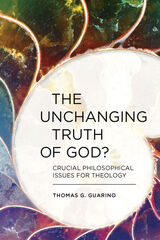
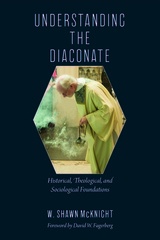
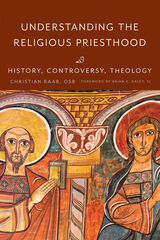

The Welfare Reform Act of 1996 drastically changed the delivery of social services in the United States for the first time in sixty years. More than a decade later, according to Catholic social ethicist Thomas Massaro, a disturbing gap exists between the laws we have enacted as a nation and the moral concerns we profess as a people.
Massaro contends that ethicists too often focus on strictly theoretical concerns rather than engaging concrete social and political issues, while public policy experts are uncomfortable drawing ethical judgments about legislation. United States Welfare Policy takes a fresh approach to the topic by using Catholic social teaching as a lens through which to view contemporary American welfare policies, citing the tradition's emphasis on serving the needy—including a preferential option for the poor—and the common good.
Massaro maintains that the most important outcome of welfare policy is not the cost-effectiveness of programs, but the well-being of individual families. The concluding analysis of this thoughtful study applies Catholic ethical concerns to specific aspects of welfare reform, including the funding mechanisms for the Temporary Assistance to Needy Families (TANF) program, work participation requirements affecting the bond between mothers and children, eligibility rules, the intrusion of family caps into reproductive decisions, and the imposition of disproportionate burdens upon particular demographic groups.
Massaro offers possible alternatives in each case and, as the fight over reauthorization of the welfare act continues, he calls on Catholic churches and clergy and laity to take action and advocate publicly for a more ethical approach to welfare reform.
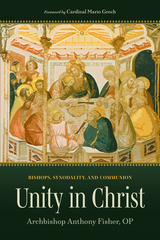

READERS
Browse our collection.
PUBLISHERS
See BiblioVault's publisher services.
STUDENT SERVICES
Files for college accessibility offices.
UChicago Accessibility Resources
home | accessibility | search | about | contact us
BiblioVault ® 2001 - 2024
The University of Chicago Press









